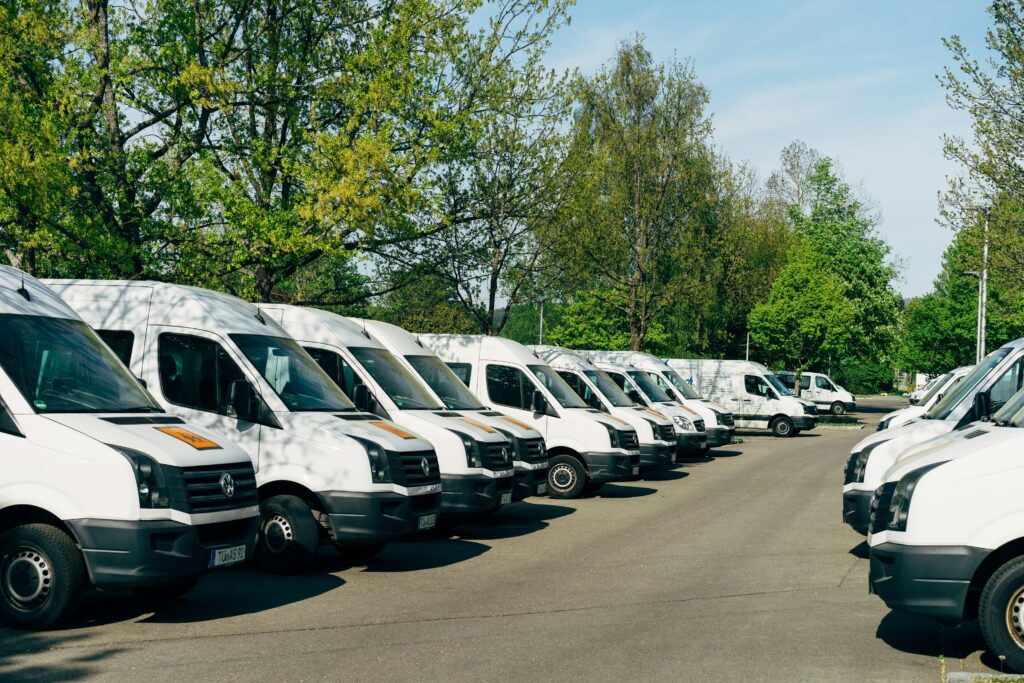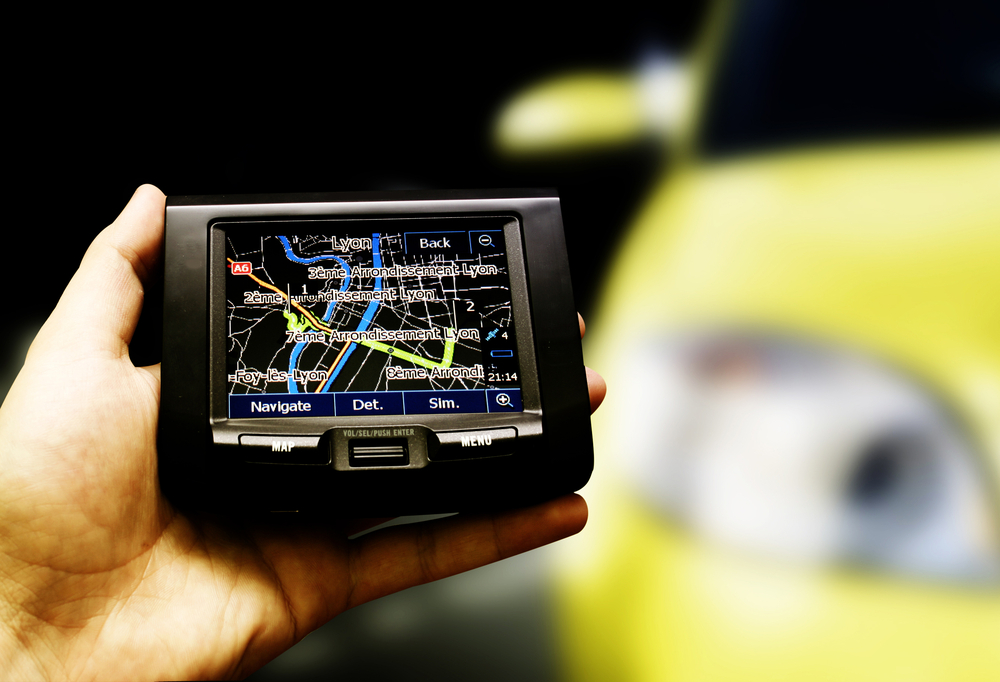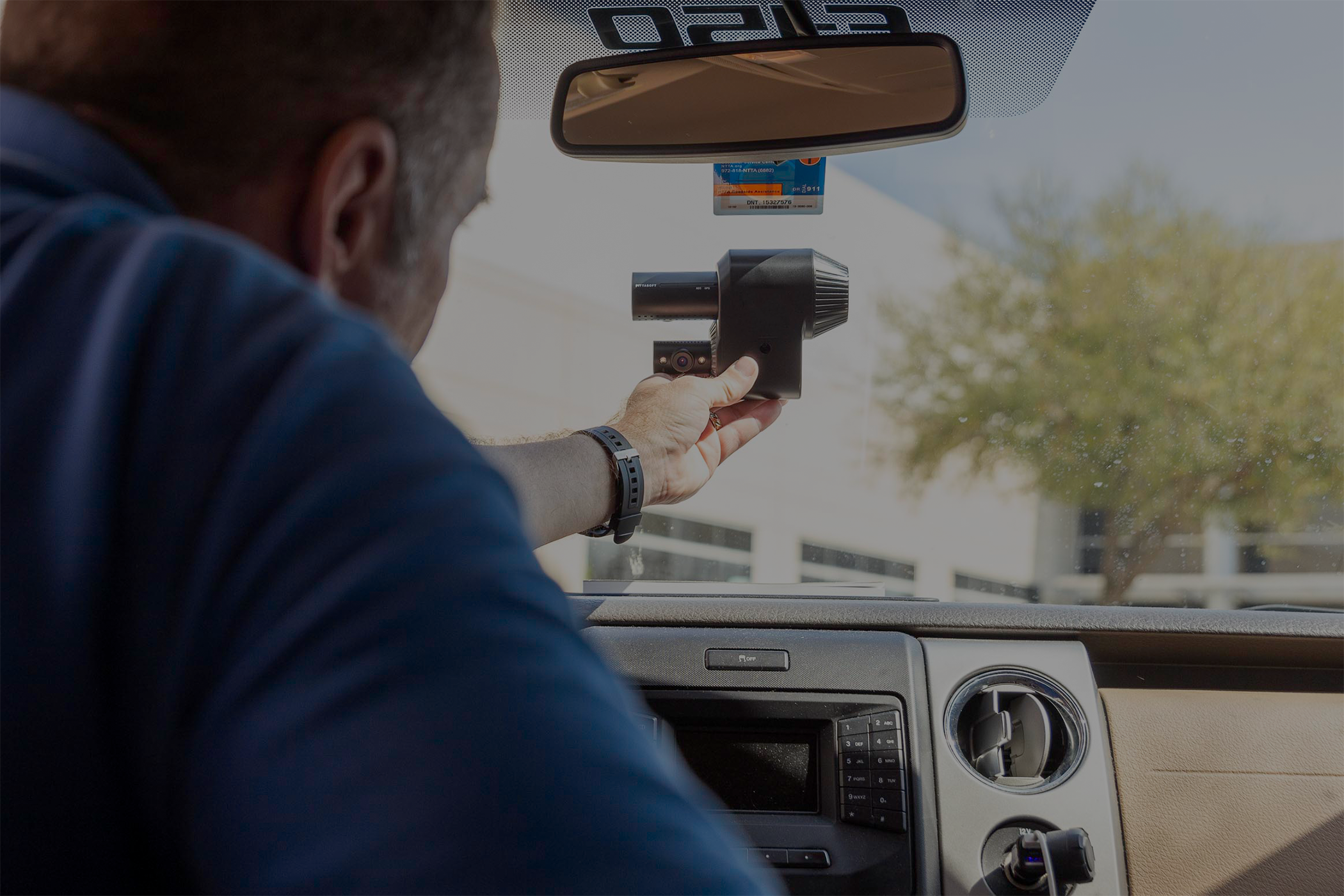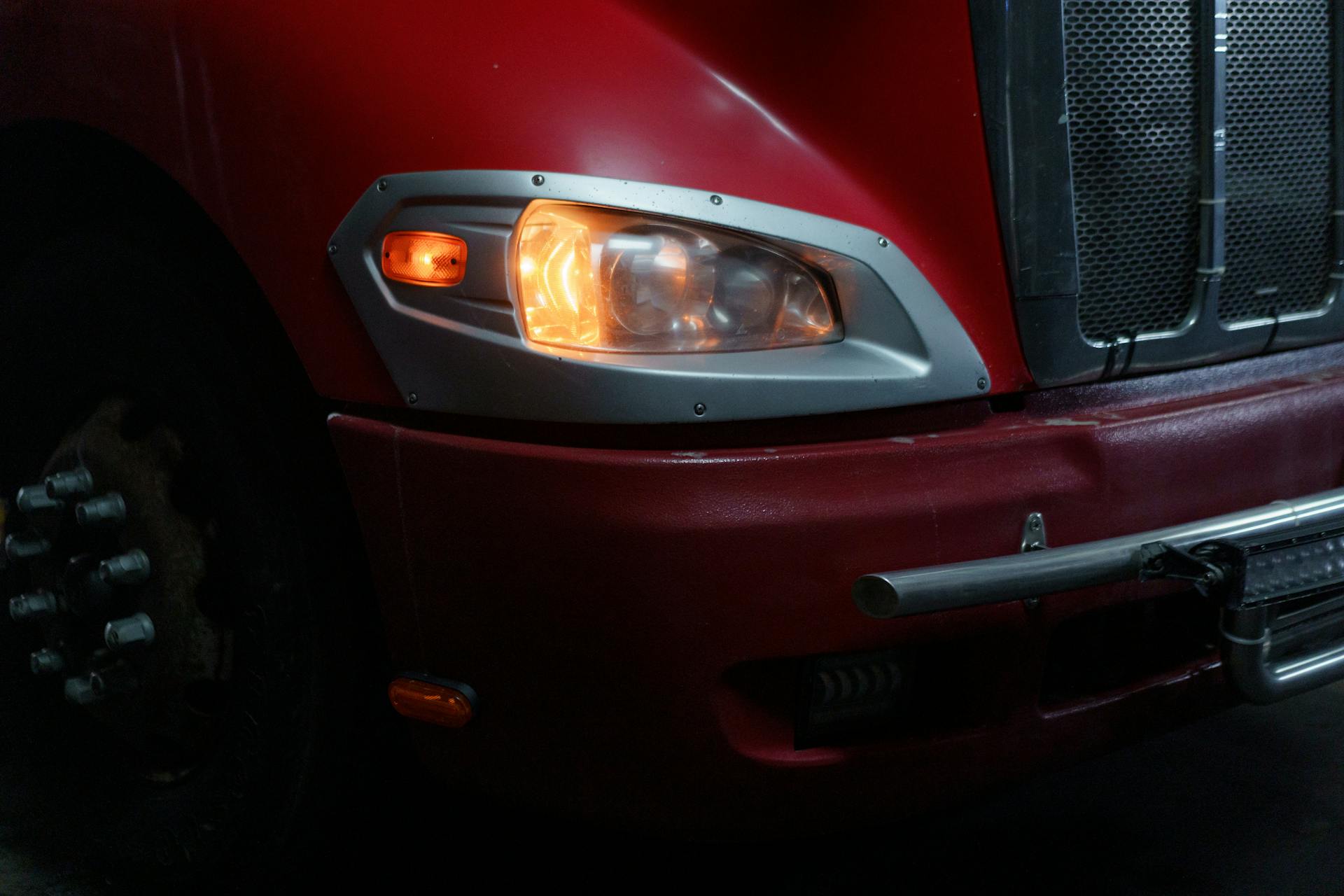The adoption of dash cams and fleet dash cams has increased, driven by a growing emphasis on safety, security, and data-driven decision-making. According to a study done by Freight Waves, 52% of all fleets have deployed dash cams in their entire fleet. While both types of cameras serve the fundamental purpose of recording video footage, they cater to distinct needs and operate within different contexts. Understanding the nuances and distinctions between dash cams and fleet dash cams guides buyers toward the correct dash cams for operating commercial vehicle fleets.
This article explores the distinctive features of dash cams and fleet dash cams. We’ll delve into their purposes, functionalities, features, data management systems, costs, and installation requirements to understand how these devices diverge in meeting specific user needs. By the end, readers will have a comprehensive understanding of which camera type suits them best, be it for personal safety or for streamlining fleet operations in a corporate setting.

Purpose and Functionality
Dash cams are compact video recording devices primarily used by individual drivers to capture footage of their driving experiences. Their primary function is to provide evidence in the event of accidents or incidents on the road, aiding in insurance claims and legal proceedings.
On the other hand, fleet dash cams are designed specifically for commercial vehicle fleets. They serve a broader range of purposes beyond personal safety, including fleet management and optimization. Fleet dash cams offer features such as GPS tracking, real-time monitoring of driver behavior, and vehicle diagnostics. These functionalities are crucial for businesses to ensure operational efficiency, monitor driver performance, and improve overall fleet safety.
The purposes of dash cams and fleet dash cams are distinctly different, reflecting the divergent needs of individual drivers versus businesses managing commercial vehicle fleets. While dash cams focus on personal safety and incident documentation, fleet dash cams prioritize fleet management and optimization for enhanced operational performance.
Features and Technology
Dash cams typically include features like loop recording, which continuously records over old footage to ensure uninterrupted recording, a G-sensor that detects sudden acceleration, braking, or impacts, and a wide-angle lens for capturing a broader view of the surroundings.
In contrast, fleet dash cams offer advanced features tailored for commercial use. These include GPS tracking, allowing businesses to monitor vehicle locations in real-time and plan more efficient routes. Fleet dash cams also have driver behavior monitoring capabilities, such as detecting harsh braking or acceleration, speeding, or erratic driving behavior. Real-time streaming is another crucial feature of fleet dash cams, enabling fleet managers to view live footage from their vehicles remotely.
These features cater to different needs and objectives based on the user’s context. Dash cams prioritize individual driver safety and incident documentation, while fleet dash cams focus on enhancing fleet management, optimizing routes, improving driver behavior, and ensuring overall operational efficiency. The advanced technology in fleet dash cams empowers businesses to make data-driven decisions and enhance their fleet’s performance and safety standards.
Data Storage and Management
Dash cams primarily store data using SD cards or can opt for cloud storage solutions. SD cards are convenient for local storage, but cloud storage offers benefits like accessibility from anywhere and automatic backups, reducing the risk of data loss.
For fleet dash cams, data management is crucial due to the large volume of footage generated by multiple vehicles. Centralized storage systems are often employed, allowing fleet managers to access and manage data from a single platform. Scalable solutions are also essential to accommodate the increasing data storage needs as the fleet expands.
Compliance with data retention regulations and privacy laws is a significant consideration for both dash cams and fleet dash cams. Businesses using fleet dash cams must adhere to legal requirements regarding data retention periods and ensure data privacy and security measures are in place to protect sensitive information captured by the cameras. These aspects of data storage and management play a vital role in the effective utilization of dash cams and fleet dash cams while ensuring legal compliance and data security.
Cost and Investment
Consumer-grade dash cams typically range in cost depending on their features and capabilities, with basic models starting from around $50 and more advanced options reaching up to $300 or more. Factors influencing the price include video resolution, storage capacity, additional features like GPS, and brand reputation.
When considering fleet dash cams, businesses must factor in upfront costs for purchasing and installing the cameras across their vehicles. However, these upfront investments are often offset by the potential return on investment (ROI) in terms of improved fleet management, reduced accidents and insurance claims, lower fuel costs through optimized routes, and enhanced driver behavior leading to lower maintenance expenses.
Balancing features and budget is essential for both consumer-grade dash cams and fleet dash cams. While it’s tempting to opt for cameras with all the bells and whistles, it’s crucial to assess which features are essential for meeting specific needs and objectives without overspending. This approach ensures optimal value for money and maximizes the benefits derived from using dash cams or fleet dash cams.
Installation and Integration
Installing dash cams in personal vehicles is usually straightforward and often involves a do-it-yourself (DIY) approach. Most dash cams come with simple instructions and mounting accessories, making it easy for individuals to install them without professional assistance.
In contrast, installing and integrating fleet dash cams across multiple vehicles can be complex and time-consuming. Fleet managers need to consider factors such as the number of vehicles in the fleet, the type of vehicles (e.g., trucks, vans), and the optimal placement of cameras for maximum coverage and effectiveness.
Professional installation services may be necessary for fleet dash cams, especially for large fleets or specialized vehicle types. These services ensure proper installation, wiring, and integration with existing fleet management systems, reducing the risk of installation errors or compatibility issues.
Compatibility with existing fleet management systems is another crucial consideration for fleet dash cams. They should seamlessly integrate with software platforms used for fleet tracking, monitoring, and data analysis to leverage the full potential of the cameras in optimizing fleet operations.
Lastly, training requirements for fleet operators should not be overlooked. Fleet managers should provide training sessions or resources to educate operators on using dash cams effectively, understanding the data collected, and adhering to privacy and data protection protocols. This ensures that fleet operators can harness the benefits of dash cams while maintaining compliance and operational efficiency.
Dash Cams vs. Fleet Dash Cams: Tailoring Your Camera Choice to Your Needs
Dash cams prioritize personal safety and incident documentation, while fleet dash cams focus on fleet management, optimization, and compliance. Consider factors such as features, costs, data management, and installation requirements to ensure the camera meets your specific needs and objectives.
For businesses in need of top-notch fleet dash cams, partnering with a reputable provider like Gentrifi can offer access to the best solutions on the market. Gentrifi’s fleet dash cams combine advanced features, robust data management capabilities, and reliable support to help businesses enhance their fleet operations, improve safety standards, and drive operational efficiency.







